| Update as of September 18, 2023:
If you’re a high school or grade school student in the Philippines who’s joining the photojournalism contest in the division, regional, or national press conference, I’m offering two free resources to you : A. 900-plus interactive exercises on English grammar, vocabulary, reading comprehension, verbal analogy, etc (with around 200 megabytes total file size). The exercises have time limit and automatic scoring, with an average of 10 items per exercise. Examples of these interactive exercises are: Common English grammar errors: Exercise 01 (nouns - confusions of number); Phrasal Verbs: Expressions with Go; English Placement Test (45 items). B. 200-plus resources (JPG, PDF, MP4, etc.) on photography and photojournalism, with 600-plus megabytes total file size. For some examples of these resources, surf to the “Free photography e-books, cheat sheets” page. For the download links and more information about how to use the interactive exercises, please surf to my “Better English resources and exercises” blog. Please inform your journalism teacher/schoolpaper adviser or your parents about these resources before downloading them. If you have any question about downloading or using these free resources, please email me (after informing your journalism teacher/schoolpaper adviser or your parents). I’ll be able to reply to you within two to three days; if you don’t see my reply in your Inbox, check your Spam folder. Or, you can text me. Also, if you win in the photojournalism contest at whatever level (district, division, regional, or national), you can send me your prizewinning pictures, and I will feature them in a blog post. Atty. Gerry T. Galacio gtgalacio@yahoo.com 0927-798-3138 |
Pictures can be classified in the following ways:
- unique images
- words and numbers
- juxtaposition
- point pictures
- sequence shots
- establishing shots
- key personalities
We have just taken up photographic composition, and one other way for you to decide how best to compose your photographs is to think about what type of picture you want.
Unique images

What do bored people usually say? “Done that, been there, seen it before!” This category covers all photographs whose impact lies on their never having been seen before. I’m sure you’ve heard the song “Footprints in the Sand.” It was a number one hit on the Billboard gospel chart many, many years ago, and then it crossed over, again as number one, into the pop chart. Well, the picture above can be titled “Footprints in the Corridor.” It was about 8 AM, and I came across a group of students who were participating in a Speech Festival. They had covered their whole bodies with a chalk-like powder. To get to the venue of the competition, they had to walk though the corridor, leaving their footprints all over the place.
I hesitated shooting the footprints. I wanted to save my Kodak Tri-X film for the contest, and I wasn’t sure if those footprints had any significant value as the subject of a photograph. (I also kept thinking about Alexander Defoe and his fictional character Robinson Crusoe finding that single footstep on the beach.) I managed to shoot two frames before the janitor mopped away those footprints.
Try shooting the audience, the spectators
 Who knows, you might be able to shoot an interesting spectator like this Katipunero in the picture above? Notice that he’s the only guy in the picture. You might also be able to shoot a girl, watching from the sidelines, who has too much make-up, as in the picture below.
Who knows, you might be able to shoot an interesting spectator like this Katipunero in the picture above? Notice that he’s the only guy in the picture. You might also be able to shoot a girl, watching from the sidelines, who has too much make-up, as in the picture below.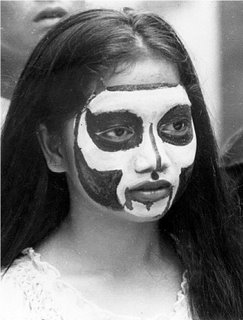
Or you can turn the tables and try shooting the photographers covering an event as in the picture below. Here, my attention was caught by that old photographer (kneeling) on the right.

Words, letters, numbers
These elements may be used to attract the viewer’s attention. Always be on the lookout for announcements or ads which have humorous, grammatical errors. In the picture below, the words written in chalk on the hollow blocks, at first glance, seem to have been the handiwork of a dyslexic individual. On a closer look, however, the letters spell out several words and names like “Guess,” “Ryan” and “Gwen.” Speaking of dyslexia, did you know MI-3 actor Tom Cruise and singer-actress Cher suffered from dyslexia?
 Juxtaposition
JuxtapositionIn juxtaposition, you combine two or more images into a single photograph in order to express an idea, emotion, or to show a certain relationship. In the picture below, for example, I combined the images of man (the students), nature (the towering acacia tree) and a man-made object (the partially hidden backboard on the right). Symbolism? Possibly, Mother Nature reigns supreme over everything, or something of that sort …
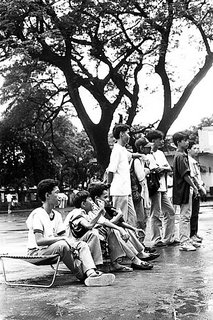 Point pictures; fillers
Point pictures; fillersPoint pictures are those used by publications to illustrate certain portions of an article or used as fillers for layout purposes. (When we discuss campus news photography, I will tell you about shooting and keeping stock pictures.) For example, the picture below of students studying can be used for a variety of articles.
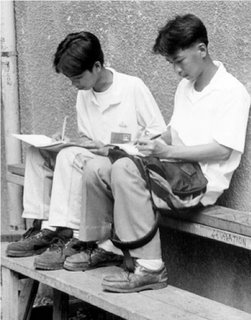 Sequence shots
Sequence shotsSequence shots are several pictures of the same subject generally taken from the same viewpoint, showing various emotions or the progress of any action. In the first picture below, an adventurous freshman climbs up the acacia tree on a dare by his classmates. In the second picture, that freshman now faces the greatest dilemma of his young life — how to get down from that tree. Poor kid! The last time I looked, he was still up on that tree, and his classmates are already in college! Really! No kidding!
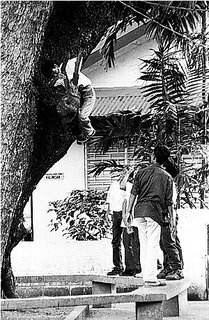
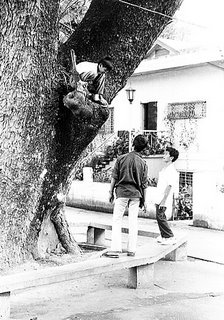
The pictures below are sequence shots of a senior class having their yearbook picture taken. I shot these pictures way back in 1991 with my beloved Canon AE-1 Program camera fitted with an FD f/1.8, 50 mm lens with a yellow-green filter and power winder. (This kind of filter makes black and white pictures more vibrant.) After I shot the formal class picture, the fun began. If you mouse over each picture, the caption will appear for a few seconds.

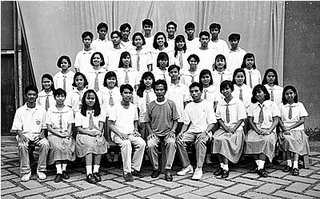
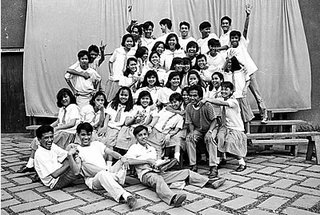

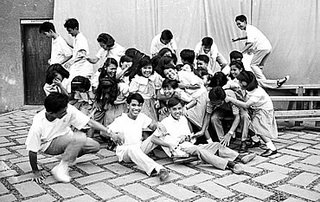
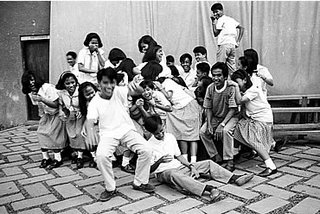

Establishing shots
Establishing shots are usually wide angle shots that show the viewer the physical context or the setting of an event, activity or program - What is the program all about? Who are the participants? Who are the spectators? Where is the venue?
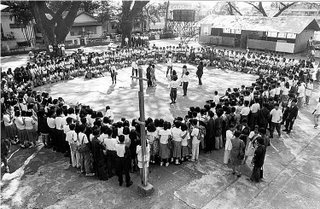

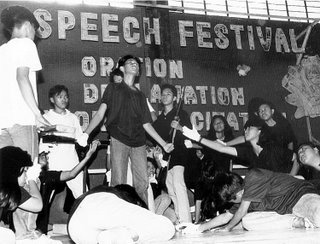
Key personalities
The key personalities in any program or activity may be the lead actors, actresses, directors, the judges, etc.

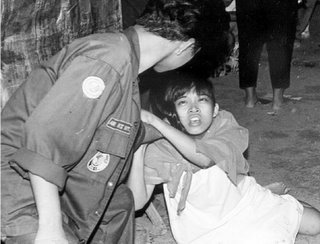
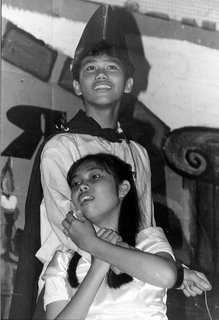
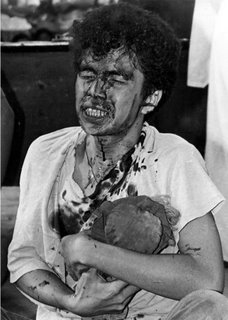
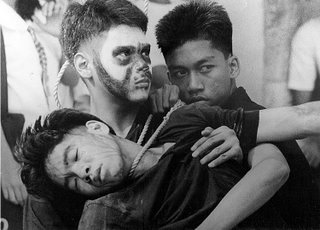
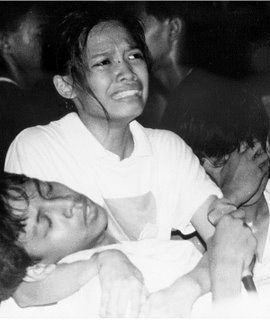
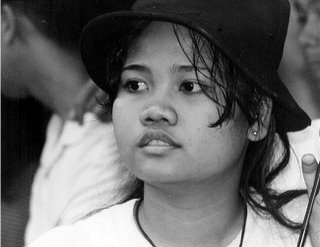
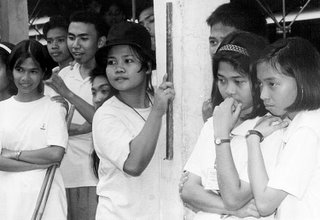
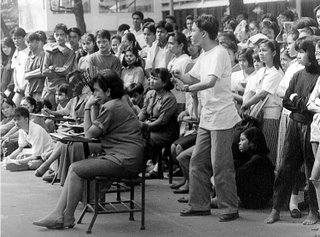
Be a better writer or editor through StyleWriter 4: this software checks 10,000 words in 12 seconds for hundreds of style and English usage issues like wordy and complex sentences, passive voice, nominalization, jargon, clichés, readability, spelling, etc. StyleWriter 4 graphs your style and sentence variety, and identifies your writing habits to give an instant view of your writing. You can learn to adjust your writing style to suit your audience and task. You can learn, for example, the writing style of Newsweek, Time, The Economist, and Scientific American. StyleWriter 4 is widely used in the US federal government (for example, the Environmental Protection Agency). It can be used by educators, students, and professionals in various fields - business, law, social or physical science, medicine, nursing, engineering, public relations, human resources, journalism, accounting, etc. Download your free 14-day trial copy now. |
